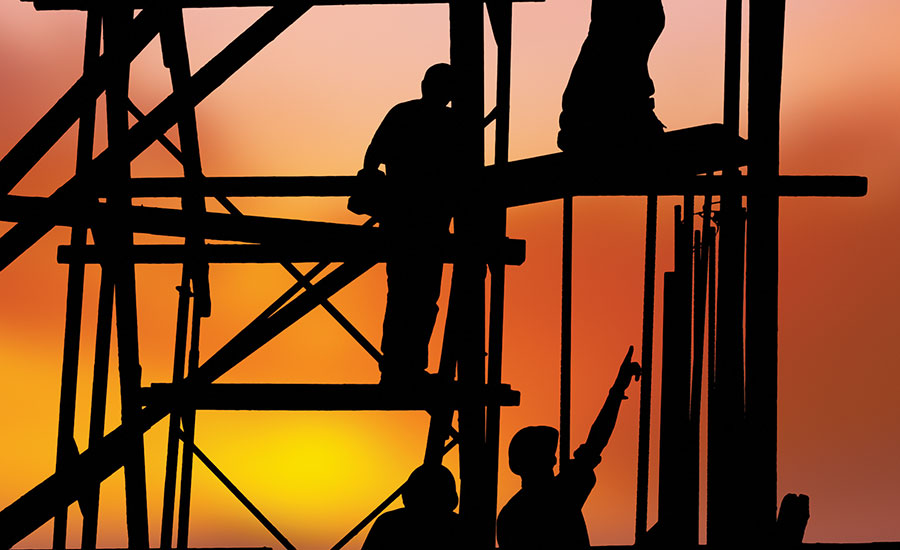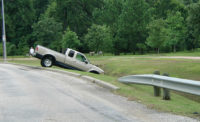Workers performing tasks while on scaffolding can be exposed to fall hazards involving considerable height, a factor which makes scaffolding-related violations especially serious. OSHA’s standard 1926.451, Safety Requirements for Scaffolding in construction, was the third most frequently cited standard in FY 2014.
In total, scaffolding violations were uncovered by federal OSHA in 2,219 inspection, resulting in 4,888 citations and $8.8 million in proposed penalties. Almost all penalties — $5.7 million — occurred in the construction sector.
Receiving two citations each were Merchant Wholesalers, Durable Goods ($7,630); Food Manufacturing ($5,050); and Repair and Maintenance ($1,750). Rounding out the top ten list: Performing Arts, Spectator Sports, and Related Industries, with one citation and $3,780 in penalties.
Among the requirements in OSHA’s scaffolding standard are some fairly obvious ones; scaffolds “shall be maintained in safe condition,” and “not be loaded in excess of the working load for which they are intended.” Some are weather-related: “Employees shall not work on scaffolds during storms or high winds” and “shall not work on scaffolds which are covered with ice or snow, unless all ice or snow is removed and planking sanded to prevent slipping.” Others refer to common-sense housekeeping: “Tools, materials, and debris shall not be allowed to accumulate in quantities to cause a hazard.”
Noncompliance consequences
• Failure to comply with the standard can result in injuries or fatalities to workers, as it did in Beverly, Massachusetts in October 2014, when three roofers fell two stories after a substandard scaffold platform broke beneath them. The workers sustained serious injuries that included spinal, eye, facial, chest and rib fractures, broken bones, broken ribs and a punctured lung. OSHA inspectors determined that the spruce plank used as the platform could not support the workers’ weight and was not graded for scaffold use. The plank’s invoice, incidentally, was clearly marked “not for scaffold use.” Company owner Daryl J. Provencher was fined $294,500 for nine violations, including having scaffold platforms that exceeded the maximum allowable height of 20 feet, defective or damaged scaffold components, missing or inadequate scaffold anchorage and failure to train employees in scaffold erection and safety.
• A scaffold collapse last year in Syracuse, New York sent six workers to the hospital. OSHA found that the safety chains designed to hold the scaffold platform bridge in place were no longer on the scaffold. While it could not be established who removed the safety chains, the agency determined that Apple Roofing did not have a competent person, one with the knowledge and authority to identify and correct such a hazardous condition, inspect the scaffold before using it. Apple Roofing was issued five serious citations, with $12,300 in proposed fines.
• A worker in Buffalo Grove, Illinois who was applying stucco to a home under construction in May fell off a scaffold and sustained a fatal head injury. Igor Jerema Construction was cited for failing to provide fall protection for employees working from scaffolding at levels more than 10 feet high, erect scaffold supports on a firm foundation, provide a ladder as a point of access for workers on the scaffold and fully plank platforms on working levels of the scaffold. The company was fined $50,000.




